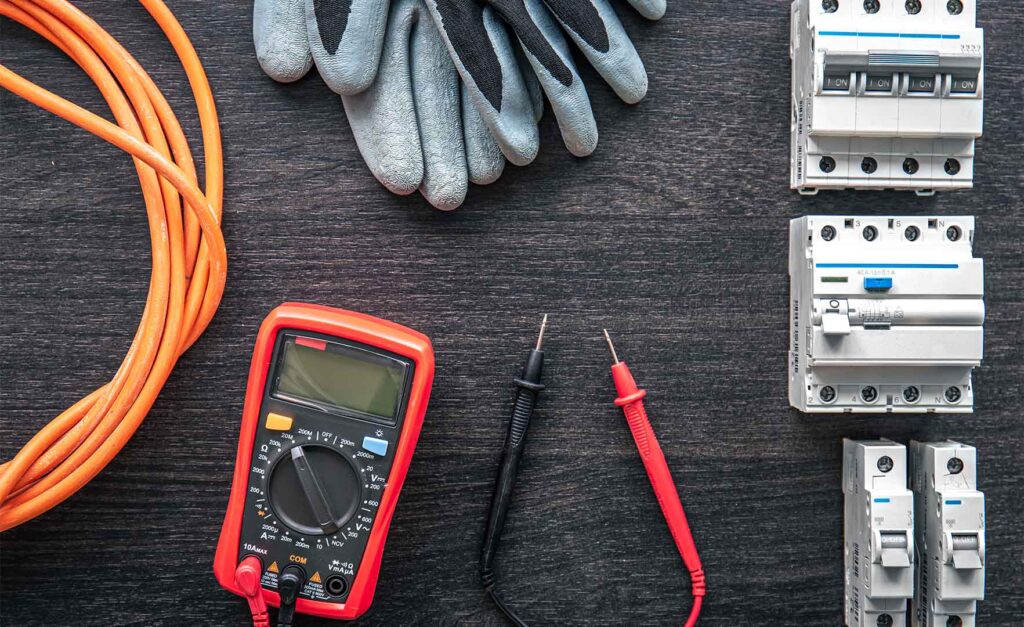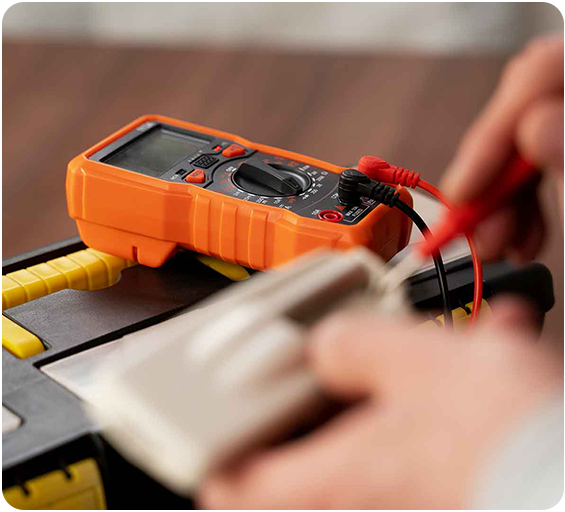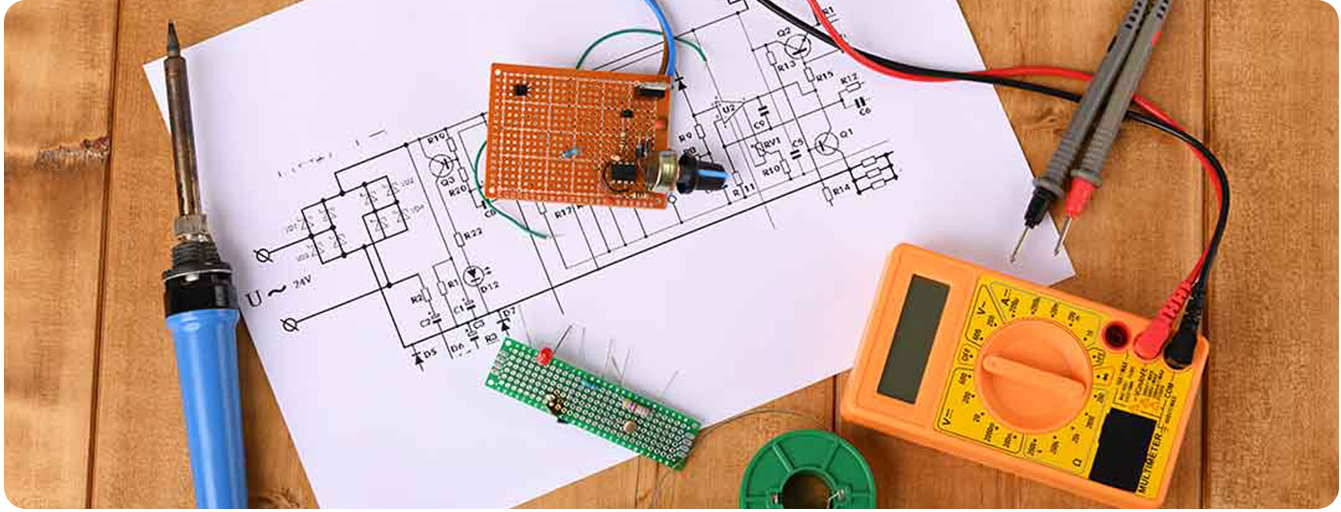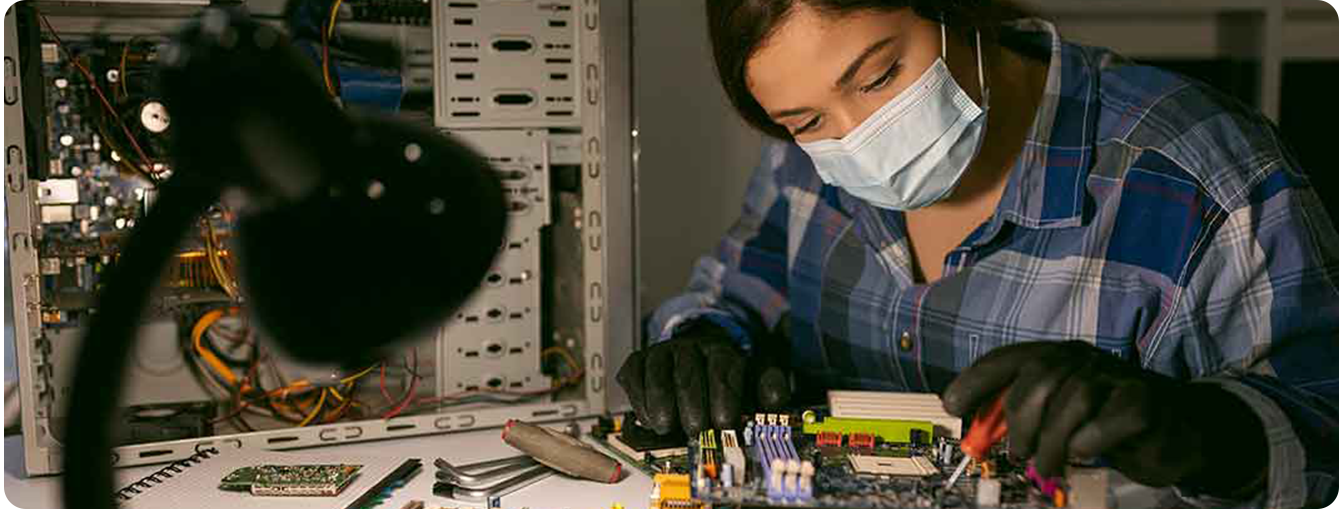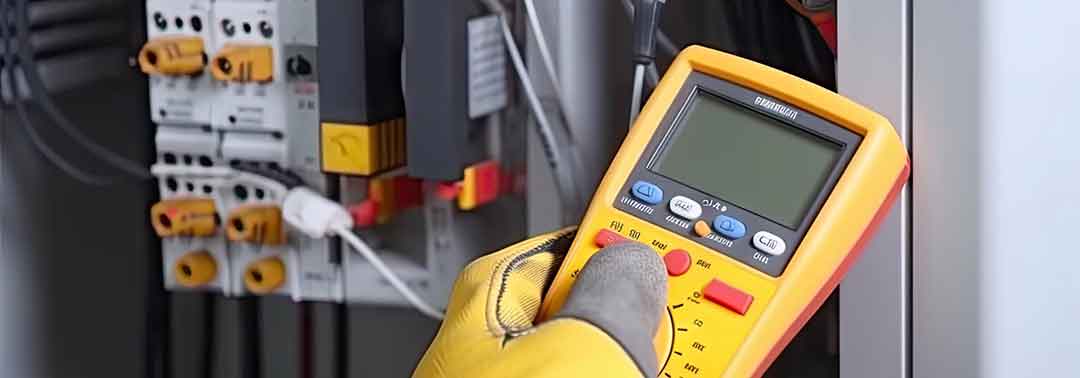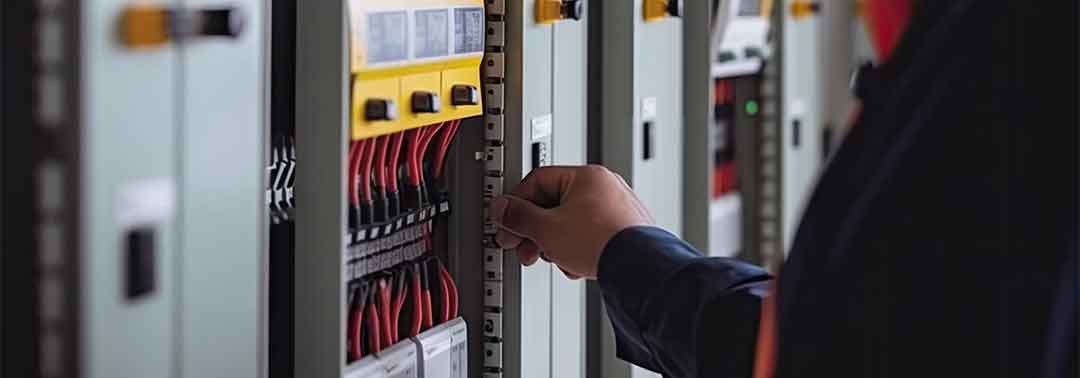
Electrical Safety
Home > Electrical Safety
Introduction
Chola MS are Pioneers in the field of Electrical Safety in India, inception of the team in 1994. We have a team with more than 200 years of combined experience across different industrial sectors. We have Expertise in Verification of Electrical Systems in order to achieve safe, reliable and fit to work. Our expertise will enable you to achieve safety, statutory compliance with maximum output. With two decades of Experience and over 8000 consulting projects. We are able to offer best in class, customized services to organizations towards optimize their EHS performance, and to set new benchmarks in safety Performance. Our key strategy is to develop a safety ranking and scoring system with respect to electrical safety.
